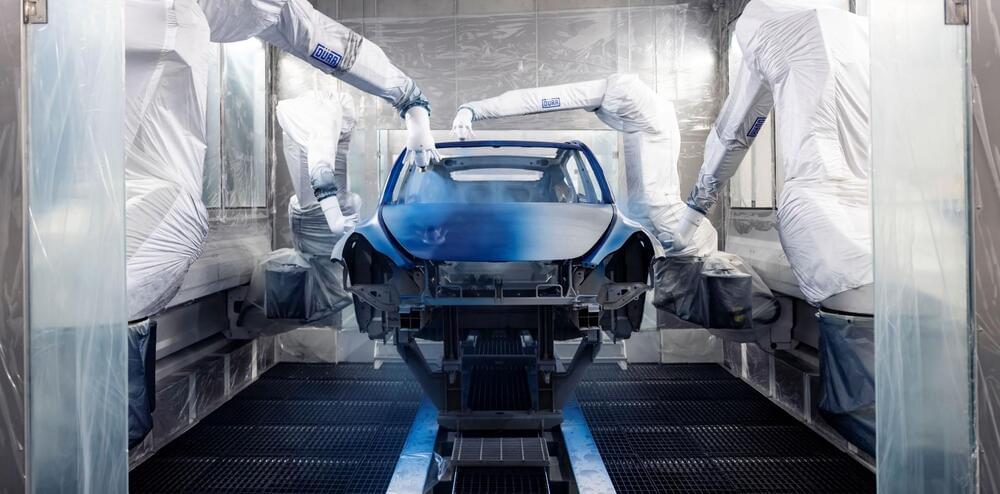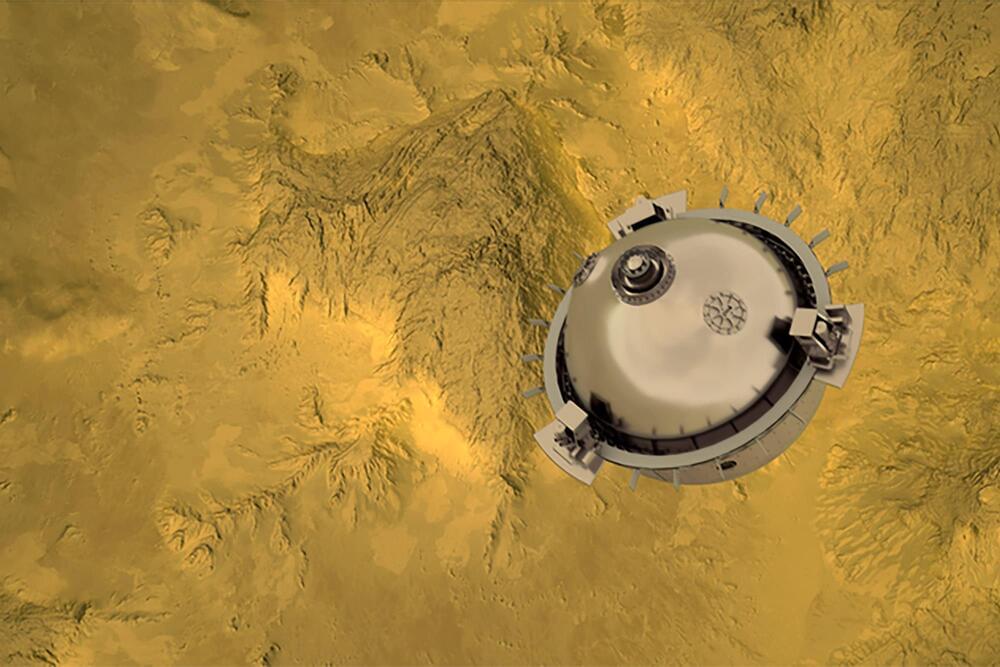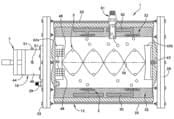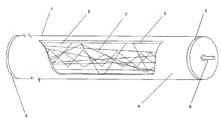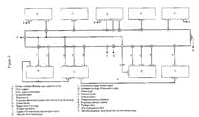Tesla has even more colors in the works, and these colors will be coming to the United States, unlike Quicksilver and Midnight Cherry Red.
Researchers at Europe’s science lab CERN, who regularly use particle physics to challenge our understanding of the universe, are also applying their craft to upend the limits to cancer treatment.
The physicists here are working with giant particle accelerators in search of ways to expand the reach of cancer radiation therapy, and take on hard-to-reach tumours that would otherwise have been fatal.
In one CERN lab, called CLEAR, facility coordinator Roberto Corsini stands next to a large, linear particle accelerator consisting of a 40-metre metal beam with tubes packed in aluminium foil at one end, and a vast array of measurement instruments and protruding colourful wires and cables.
Within the next decade, NASA’s DAVINCI mission plans to send a descent sphere whistling through the atmosphere of Venus, collecting not only samples of its atmosphere but also high-resolution images of the planet’s surface. But Venus is a deeply inhospitable place, with surface temperatures hotter than an oven and pressure so great it is like being 900 meters underwater. Now, NASA has shared more details about one of the DAVINCI mission’s instruments and how it will collect vital data in this most challenging of environments.
DAVINCI’s VASI instrument (Venus Atmospheric Structure Investigation) will be responsible for taking readings of the atmosphere as the descent sphere drops through the atmosphere on its 63-minute-long fall to the surface, including collecting data on temperature, pressure, wind speed and direction. This should help answer some long-open questions about the planet’s atmosphere, particularly its lower atmosphere, which remains a mystery in many ways.
“There are actually some big puzzles about the deep atmosphere of Venus,” said the science lead for the VASI instrument, Ralph Lorenz of the Johns Hopkins Applied Physics Laboratory, in a statement. “We don’t have all the pieces of that puzzle and DAVINCI will give us those pieces by measuring the composition at the same time as the pressure and temperature as we get near the surface.”
The expanding drought in the Central US has taken a severe toll on the Mississippi and the rivers that flow into it.
Early Earth was quite the place.
For the first time, astronomers have been able to estimate the length of the day and the distance to the Moon as it was almost two and a half billion years ago.
A long-term antimatter storage device that may be energized by a low power magnetron and can function autonomously for hundreds of hours on the energy provided by batteries. An evacuated, cryogenic container is arranged with a source of positrons and a source of electrons positioned in capture relation to one another within the container so as to allow for the formation of a plurality of positronium atoms. A microwave resonator is located within the container forming a circularly polarized standing wave within which the plurality of positronium atoms rotate. Radioactive sources for small stores and low energy positron accelerators for large stores are used to efficiently fill the device with positronium in seconds to minutes. The device may also be arranged to provide for the extraction of positrons. A method for storing antimatter is also provided.
The present set of complementary inventions refer to a system for the practical and inexpensive procurement of huge amounts of energy derived from the principles of matter-antimatter generation and annihilation. The generator will comprise the functions of generation, amplification, concentration and collision of photons within a specially designed self-reflective chamber; the generation of particles of matter and antimatter derived from the collision of photons; the ionization of atoms and the production of avalanches of electrons and positrons within a specialized collecting chamber; the separation of electrons and positrons by the action of powerful rotational electromagnetic fields; and, the conversion of said avalanches of electrons and positrons into electrical power.
The invention relates to the use of the collision of matter and antimatter as a means of propulsion in a spacecraft, to the control system for said engine and to a block diagram of the connections for same, in which all of the functions are divided into modules. Said invention refers to a form of propulsion that is totally different to those know at present, which enables spacecraft to move considerably faster in outer space and to reach up to one third of the speed light owing to the controlled collision of matter and antimatter. The control system works in conjunction with the engine in order to control the collision and to maintain the optimal parameters for performing said movement.
Wind and solar power are intermittent, generating power when it’s available rather than when it’s needed, so the green energy transition will require huge amounts of energy storage. This could end up taking many forms, from conventional lithium-based “big battery” installations, to flow batteries, silicon phase-change batteries, molten salt batteries, iron-air batteries, gravity batteries, carbon dioxide expansion batteries, and other more unusual ideas like buoyancy batteries.
Each has its own advantages and disadvantages in terms of efficiency, size, location, installation costs, operating costs, input and output power ratings, longevity and how long it can store the energy for. That’s good, since different solutions will fill different needs – some backing up the power grid during instantaneous demand spikes, others smoothing out the mismatched daily curves between demand and renewable supply, and others still helping to address seasonal supply drops, like when solar drops off through the winter.
Here’s another for the pile, coming out of Finland. Polar Night Energy says it’s just opened its first commercial sand battery at the premises of “new energy” company Vatajankoski, a few hours out of Helsinki.
Precision measurement of how a proton’s structure deforms in an electric field has revealed new details about an unexplained spike in proton data.
Nuclear physicists have confirmed that the current description of proton structure isn’t perfect. A bump in the data in probes of the proton’s structure has been revealed by a new precision measurement of the proton’s electric polarizability performed at the U.S. Department of Energy’s Thomas Jefferson National Accelerator Facility. When this was seen in earlier measurements, it was widely thought to be a fluke. However, this new, more precise measurement has confirmed the presence of the anomaly and raises important questions about its origin. The research was published on October 19 in the journal Nature.
“There is something that we’re clearly missing at this point. The proton is the only composite building block in nature that is stable. So, if we are missing something fundamental there, it has implications or consequences for all of physics.” —
